From Learning Velocity to Investor Magnet: How to Turn Evidence Loops Into Fundraising Wins
Oct 14, 2025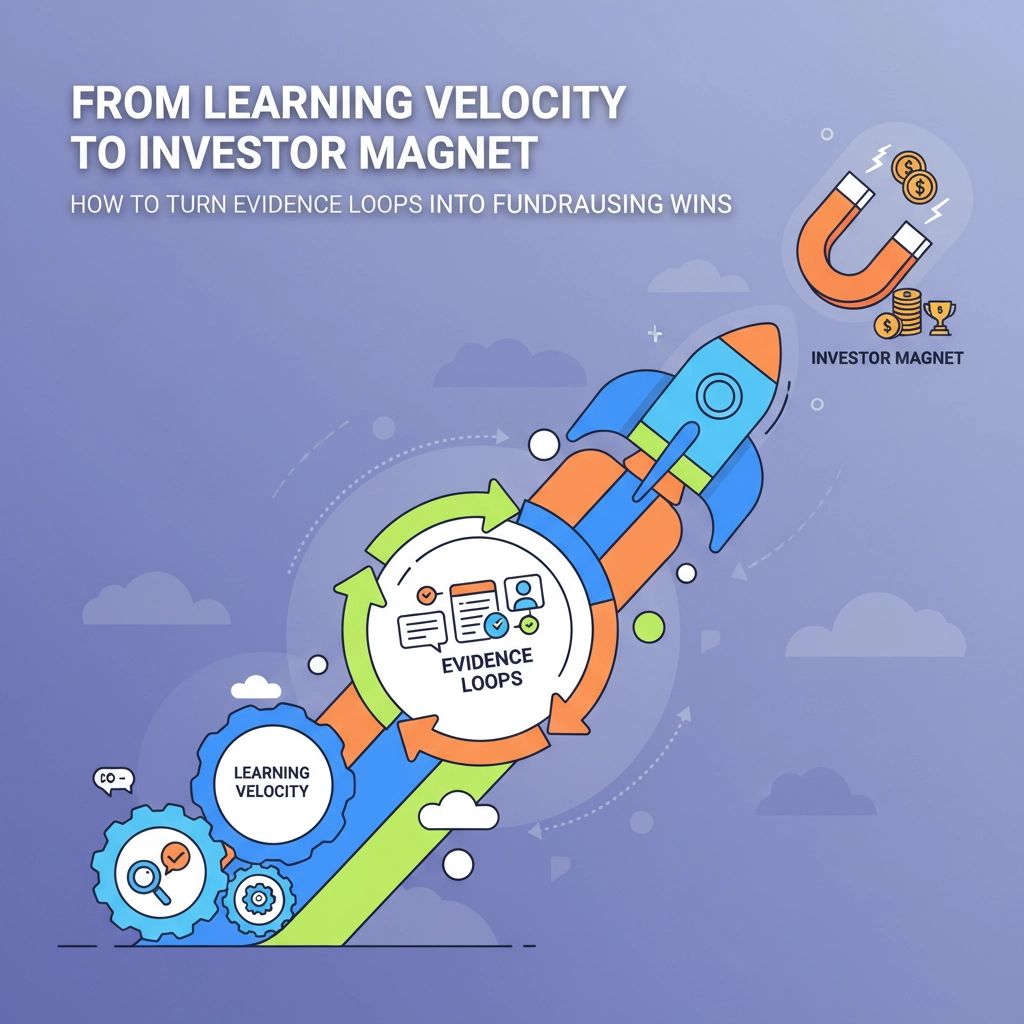
Most deeptech and healthtech founders obsess over the wrong metrics when preparing for fundraising rounds. They polish their burn rates, perfect their runway projections, and stress about monthly recurring revenue: while completely missing what actually makes investors write cheques.
Here's what we learned from our recent analysis: investors don't fund efficiency. They fund evidence of inevitable success.
But knowing that learning velocity beats burn rate is just the beginning. The real question is: how do you systematically turn your rapid learning cycles into irresistible investment opportunities?
The Evidence Loop Framework That Changes Everything
An evidence loop isn't just collecting data: it's a structured system that transforms every experiment, pilot, and market interaction into investor-grade proof points. Think of it as your learning velocity made visible and investable.
Here's how successful deeptech and healthtech founders structure their evidence loops:
Hypothesis → Experiment → Data → Insight → Next Hypothesis
But the magic happens in how you document and package each cycle for investor consumption.
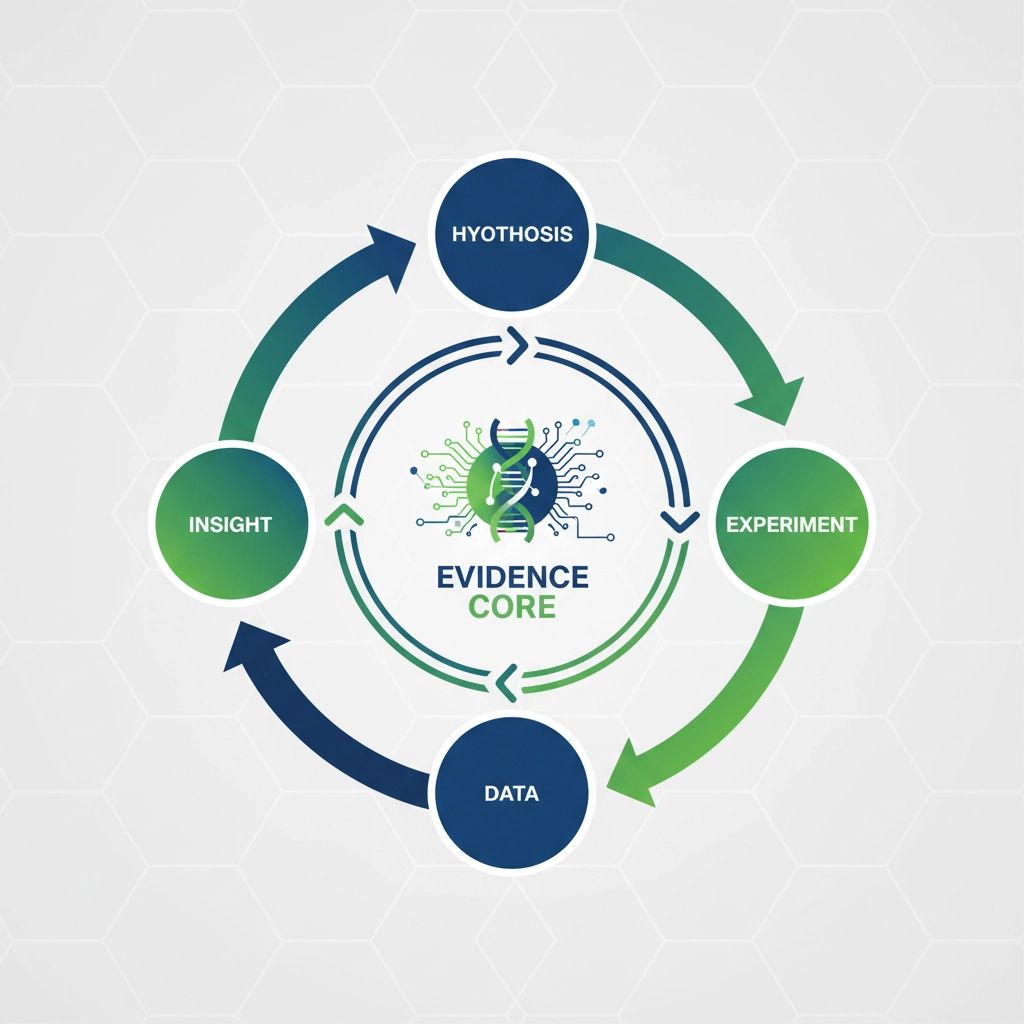
Step 1: The Strategic Question Bank
Before you run any experiment, you need to know which questions investors actually care about. Most founders collect random data points. Smart founders collect answers to specific strategic questions.
For deeptech founders, your question bank should include:
- "How do we reduce technical risk by 50% in the next 6 months?"
- "What's the minimum viable product configuration that proves market fit?"
- "How do we demonstrate scalable unit economics before Series A?"
For healthtech founders, focus on:
- "How do we prove clinical efficacy with the smallest possible study?"
- "What regulatory pathway reduces time-to-market by 12+ months?"
- "How do we demonstrate sustainable reimbursement models?"
Each experiment should answer at least one of these strategic questions. If it doesn't, skip it.
Step 2: The Evidence Documentation System
Most founders run great experiments but terrible documentation. They learn fast but can't prove it to investors. Here's the system that fixes this:
The 4-Part Evidence Pack Template:
- Context: What strategic question were you answering?
- Method: How did you test your hypothesis?
- Results: What did you learn (including surprises)?
- Implication: How does this change your path to market?
For example, a deeptech AI startup testing their computer vision algorithm might document:
- Context: "Can we achieve 95% accuracy with 10x less training data than competitors?"
- Method: "Ran 3-month pilot with 500 industrial images vs. standard 5,000"
- Results: "Achieved 96.2% accuracy with 480 images: exceeded target"
- Implication: "Reduces customer implementation time from 6 months to 3 weeks"
That's investor-grade evidence. It shows learning velocity, market understanding, and competitive advantage in four sentences.
Step 3: The Quarterly Evidence Review
This is where most founders fail. They generate evidence but never synthesize it into investment narratives. Every quarter, successful founders conduct an Evidence Review that answers three questions:
- What did we prove about our path to market this quarter?
- What risks did we eliminate or reduce?
- What new opportunities did we discover?
A healthtech startup working on remote patient monitoring might review:
- Proved: "30-day pilot with regional health system showed 40% reduction in readmission rates"
- Risk reduced: "Regulatory pathway clarified: 510(k) approval timeline shortened to 8 months"
- Opportunity discovered: "Health system wants to expand pilot to 5 additional units"
This quarterly synthesis transforms random learning into a coherent story of inevitable success.
The Investor Update That Actually Works
Traditional investor updates focus on vanity metrics. Evidence-loop updates focus on strategic progress. Here's the template that gets investors excited:
Subject: [Company Name] - Q[X] Evidence Review: [Key Strategic Win]
Strategic Progress This Quarter:
- Question we answered: [Strategic question from your bank]
- Evidence gathered: [Specific results with numbers]
- Risk reduced: [Concrete de-risking achieved]
- Next quarter's focus: [Next strategic question to answer]
Key Metrics:
- [Only metrics that support your strategic narrative]
Ask:
- [Specific request for investor help or input]
Notice what's missing? Burn rate, runway, and other operational metrics. Those go in an appendix. The main update focuses entirely on strategic evidence and learning velocity.
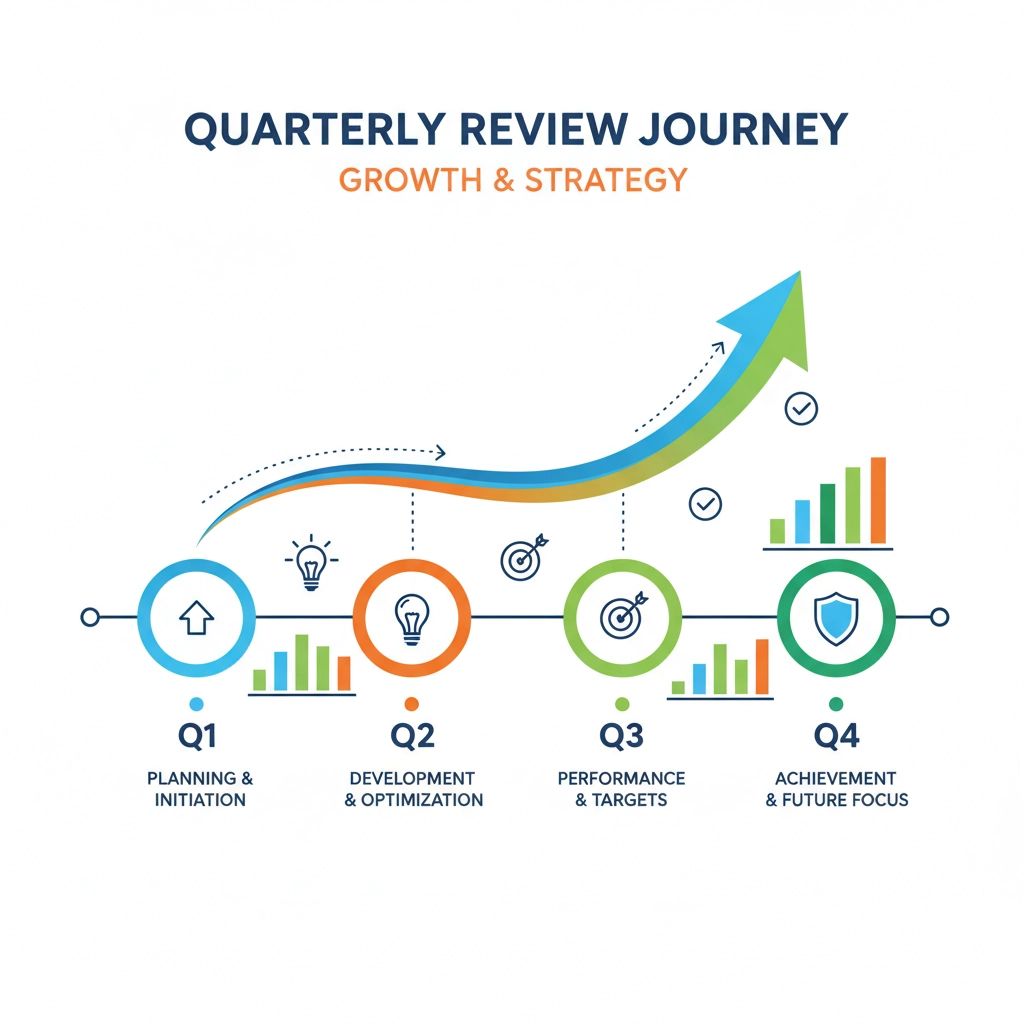
The Pre-Fundraise Evidence Audit
Six months before fundraising, conduct an Evidence Audit. Review your last 4-6 quarters of evidence loops and ask:
Do we have evidence that proves:
- Market validation (customers will pay for this solution)
- Technical feasibility (we can build it profitably)
- Competitive advantage (we can win and defend market position)
- Scalable economics (unit economics work at scale)
- Team capability (we're the right team to execute)
If any area lacks evidence, you know exactly which experiments to prioritize.
For deeptech founders, this often reveals gaps in manufacturing scalability or customer acquisition costs. For healthtech founders, it typically exposes regulatory risk or reimbursement model uncertainties.
Converting Evidence Into Investment Conversations
The best evidence in the world means nothing if you can't convert it into investor interest. Here's how evidence-driven founders approach fundraising conversations:
Instead of: "We're growing 20% month-over-month"
Say: "Our evidence shows we can achieve market fit 18 months faster than competitors because we've proven customers will pay 3x more for our solution"
Instead of: "We have a strong team"
Say: "We've systematically de-risked the three biggest technical challenges in our space: here's the evidence from our last 6 experiments"
Instead of: "We need funding to scale"
Say: "We've proven our path to $10M ARR: funding accelerates execution of a validated strategy"
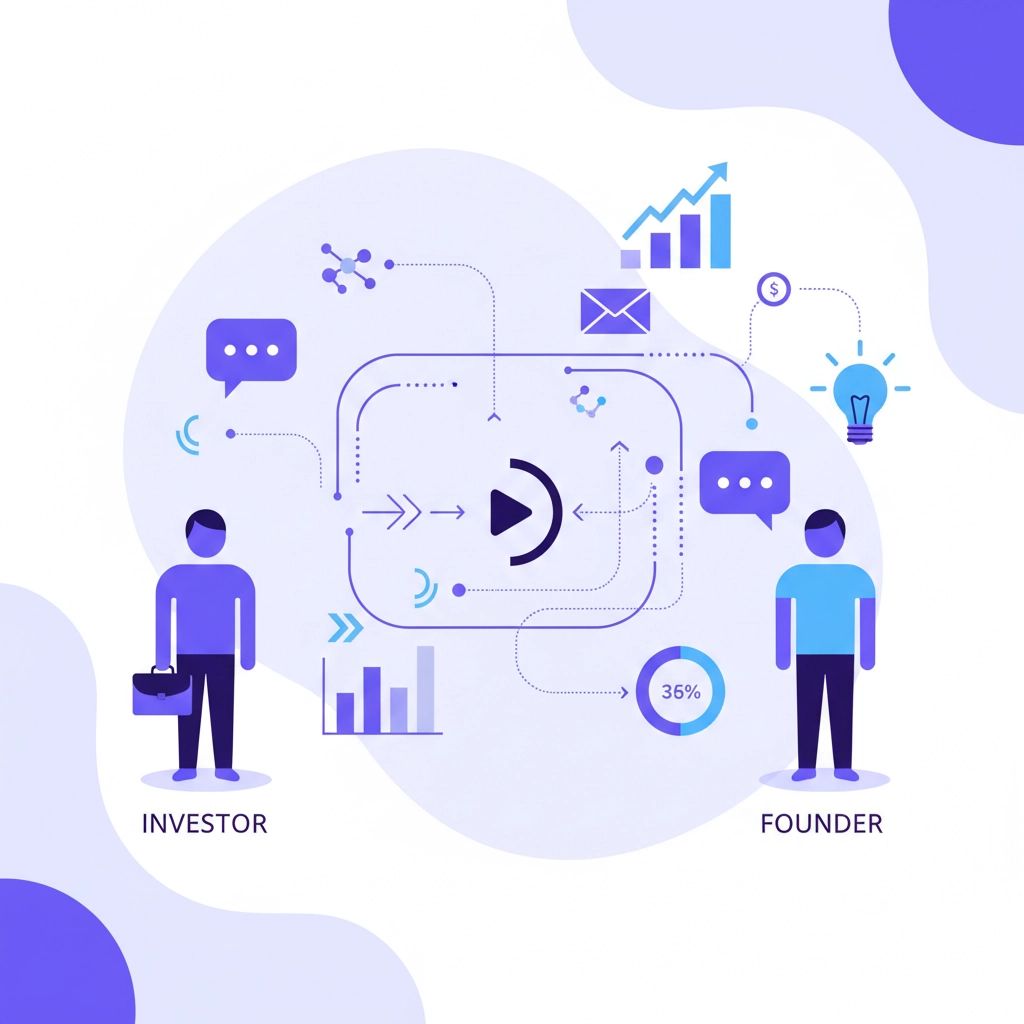
The Evidence-First Fundraising Timeline
Most founders start fundraising too early. Evidence-driven founders follow this timeline:
Months 1-3: Build evidence documentation systems
Months 4-15: Run quarterly evidence loops
Months 16-18: Conduct evidence audit and gap analysis
Months 19-21: Fill evidence gaps with targeted experiments
Months 22-24: Convert evidence into fundraising materials
This approach takes longer upfront but dramatically increases fundraising success rates and valuation multiples.
Your Next 90 Days
If you want to transform your learning velocity into investor magnetism, start with these three actions:
- Create your Strategic Question Bank this week. List 5-7 questions investors will ask about your path to market.
- Document your next 3 experiments using the Evidence Pack template. Don't run any experiment that doesn't answer a strategic question.
- Schedule your first Quarterly Evidence Review for 90 days from today. Block 4 hours to synthesize your evidence into investment narratives.
Remember: investors don't fund efficient founders. They fund founders who prove inevitable success through systematic evidence generation.
Your learning velocity is already your competitive advantage. Now make it your fundraising superpower.
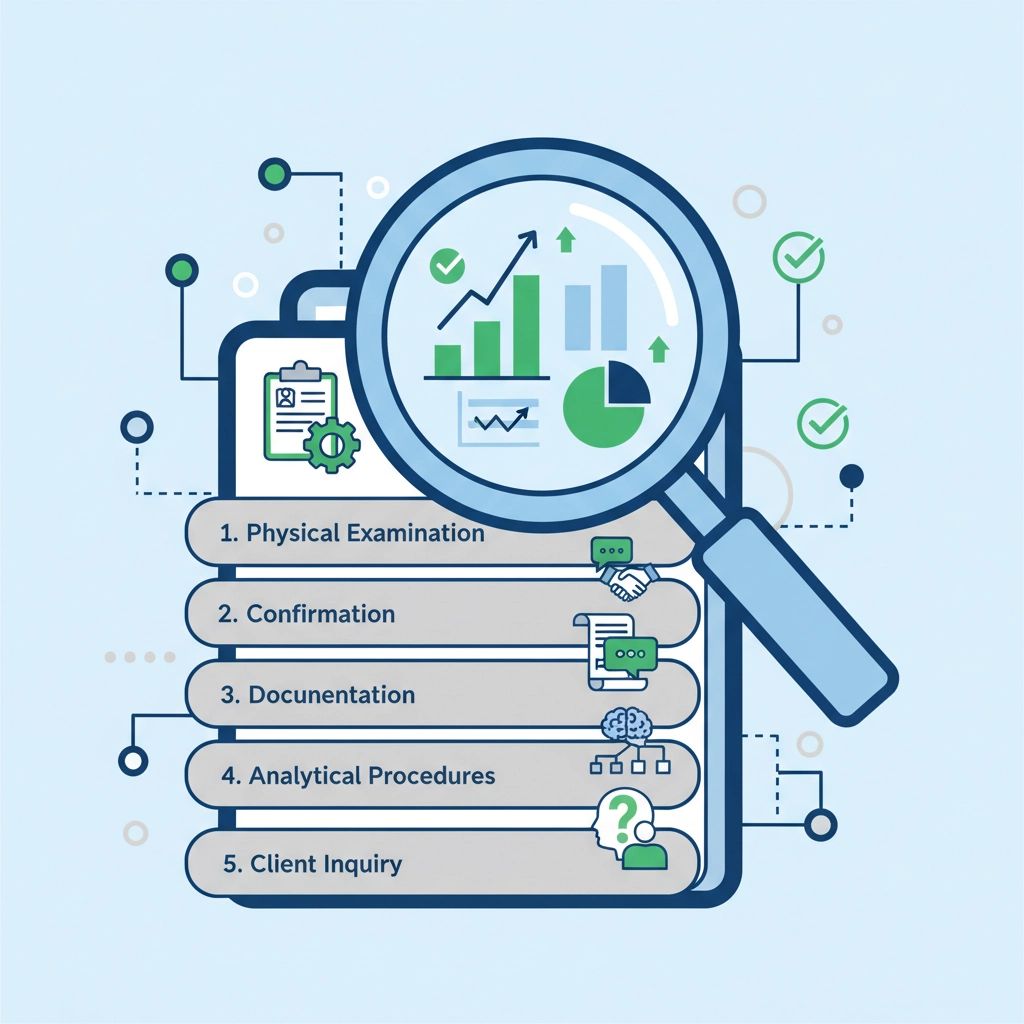
Ready to systematically turn your evidence loops into fundraising wins? Join other evidence-driven founders who are transforming their learning velocity into investor magnetism.

